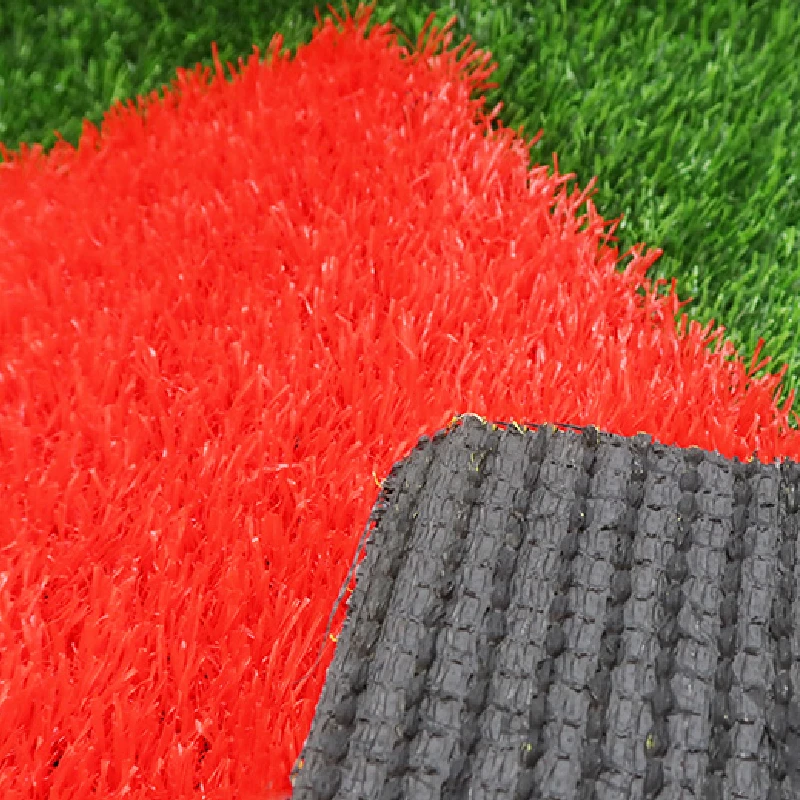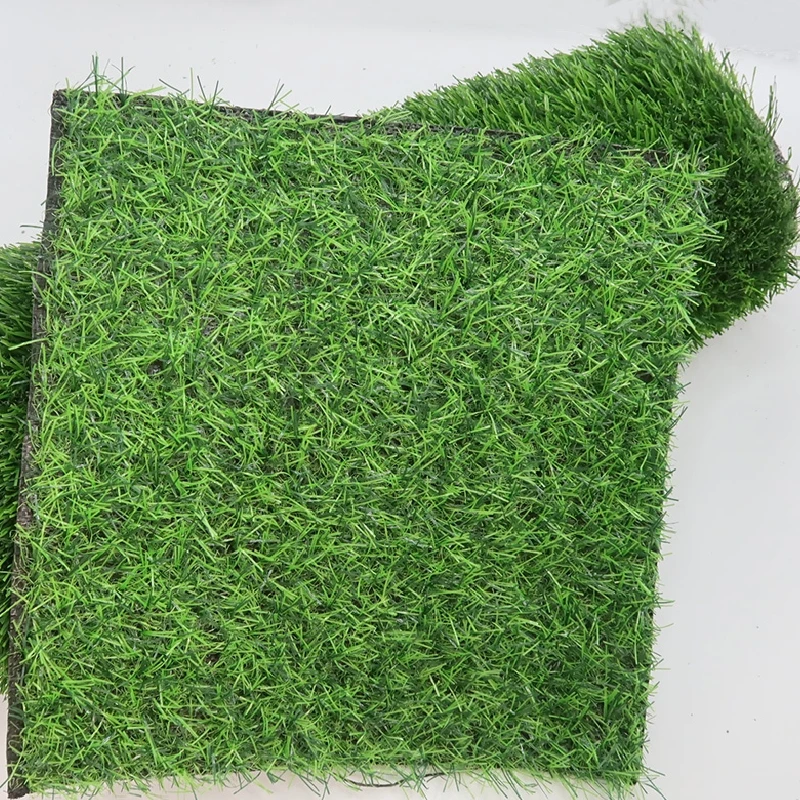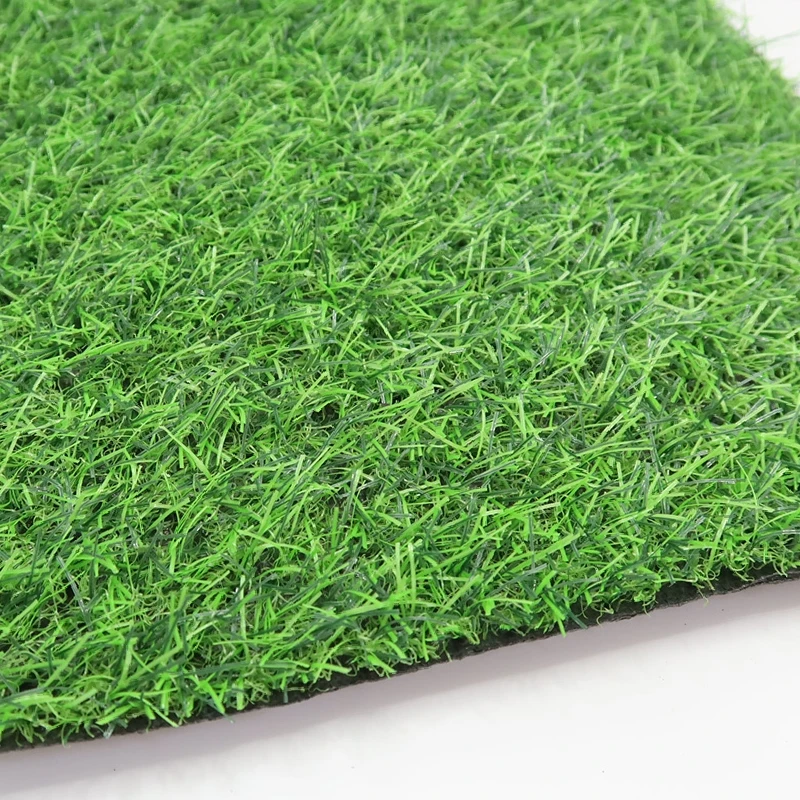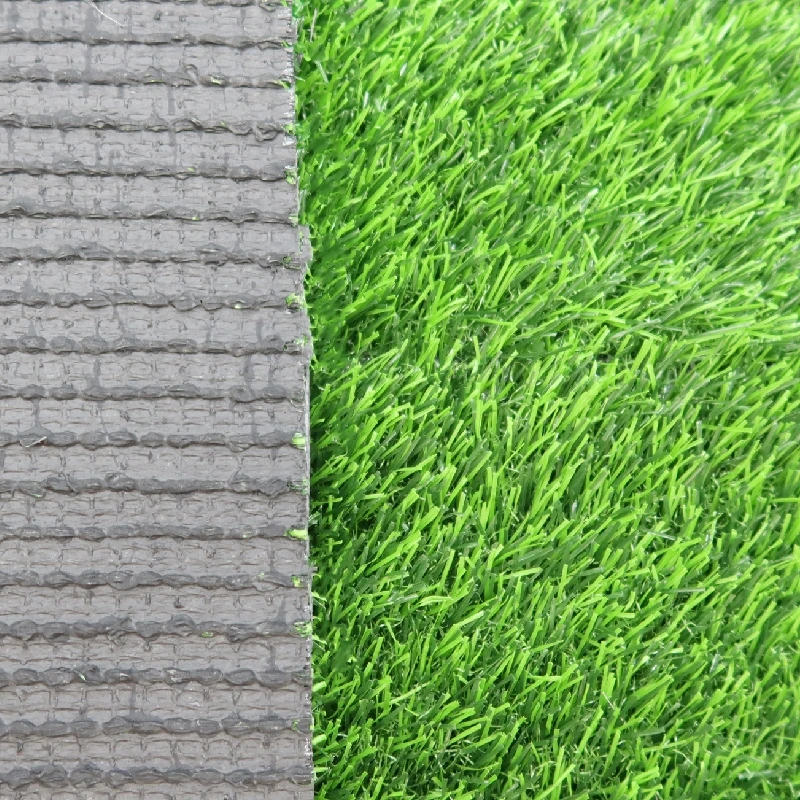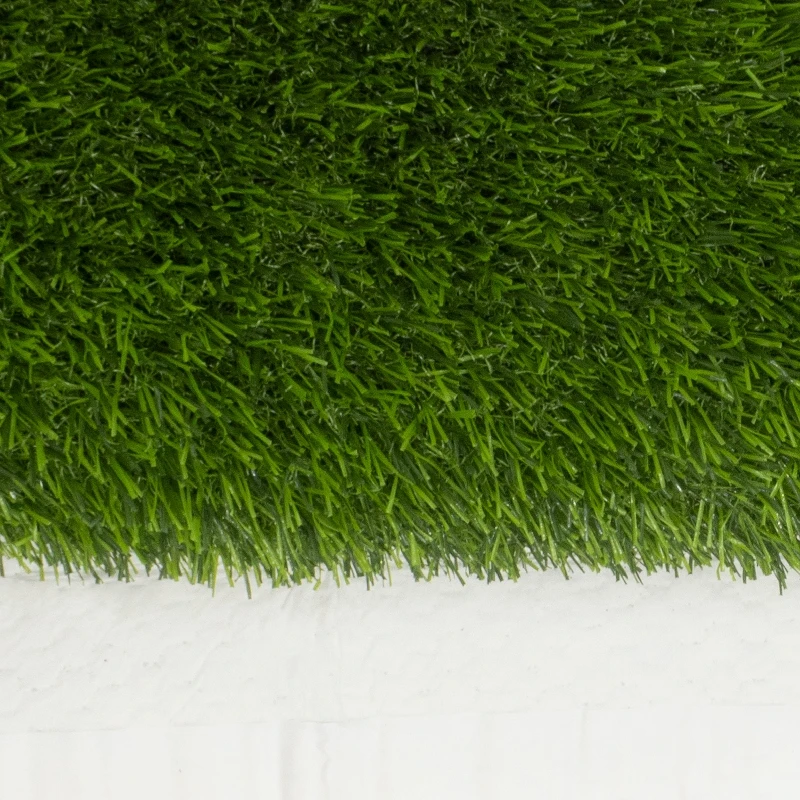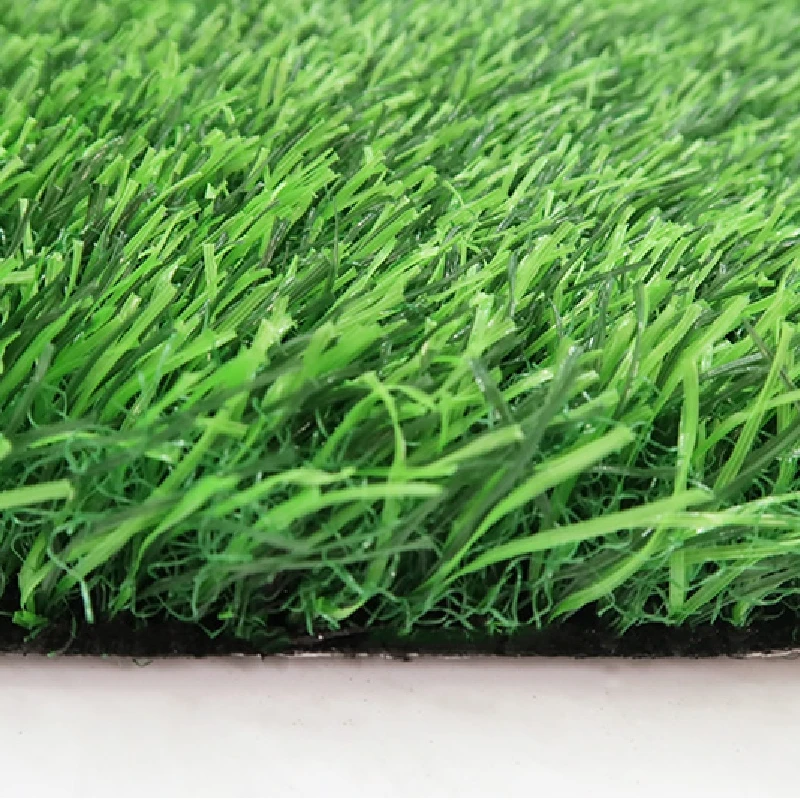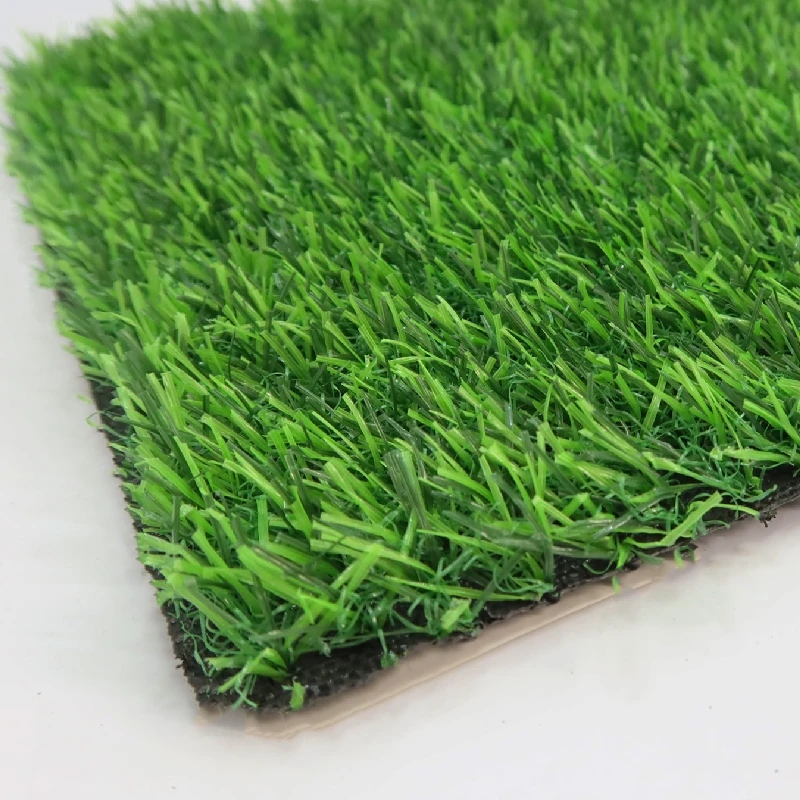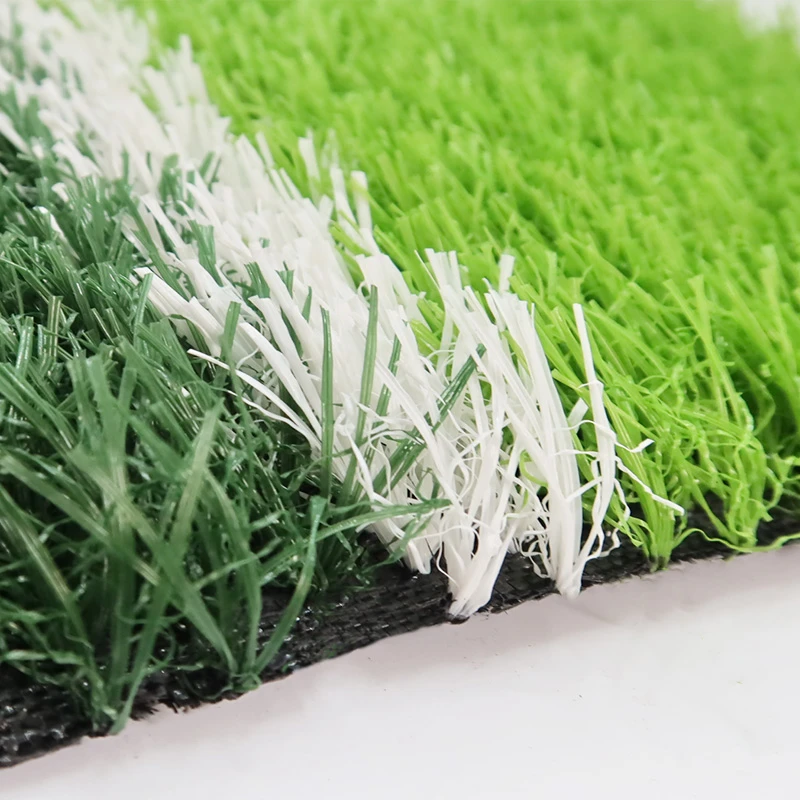
- Afrikaans
- Arabic
- Belarusian
- Bengali
- Czech
- Danish
- Dutch
- English
- Esperanto
- Estonian
- Finnish
- French
- German
- Greek
- Hindi
- Hungarian
- Icelandic
- Indonesian
- irish
- Italian
- Japanese
- kazakh
- Rwandese
- Korean
- Kyrgyz
- Lao
- Latin
- Latvian
- Malay
- Mongolian
- Myanmar
- Norwegian
- Persian
- Polish
- Portuguese
- Romanian
- Russian
- Serbian
- Spanish
- Swedish
- Tagalog
- Tajik
- Thai
- Turkish
- Turkmen
- Ukrainian
- Urdu
- Uighur
- Uzbek
- Vietnamese
Innovative Synthetic Turf Stadium for Modern Sports Events and Community Engagement
Dec . 21, 2024 03:57 Back to list
The Rise of Artificial Grass Stadiums A Revolution in Sports Infrastructure
In recent years, the world of sports has witnessed a significant shift in the type of playing surfaces utilized in stadiums and arenas. The introduction of artificial grass, especially in stadiums, has transformed how communities engage with and experience sports. This article explores the benefits, challenges, and future of artificial grass stadiums, emphasizing their impact on athletes, spectators, and local ecosystems.
What is Artificial Grass?
Artificial grass, also known as synthetic turf, is a man-made surface made from synthetic fibers designed to resemble natural grass. Originally developed for sports fields in the 1960s, advancements in technology have led to the creation of more realistic and durable variants that closely mimic the feel and look of natural turf. Modern artificial grass systems often incorporate infill materials such as rubber or sand to enhance durability, provide cushioning, and improve playing conditions.
Benefits of Artificial Grass Stadiums
One of the primary advantages of artificial grass is its resilience. Unlike natural grass, which can become muddy and worn from heavy usage, artificial surfaces maintain their integrity regardless of weather conditions. This year-round usability allows for more events and activities in a stadium, leading to increased revenue opportunities for sports teams and venue owners.
Moreover, artificial grass requires significantly less maintenance than its natural counterpart. Traditional grass fields demand regular mowing, watering, and care, which can be resource-intensive. In contrast, artificial surfaces typically require only occasional cleaning and infill replenishment, reducing the need for extensive manpower and water usage. This eco-friendly aspect of artificial grass presents an appealing argument for sustainability-minded organizations, aligning with global efforts to conserve resources.
Enhancing Athlete Performance and Safety
artificial grass stadium

The safety of athletes is a paramount concern for any sports organization, and artificial grass stadiums have made strides in this area. Innovative designs incorporate shock-absorbent materials that reduce the risk of injuries, such as concussions and joint strains. Furthermore, the consistent surface provided by synthetic turf minimizes variations that can lead to accidents, giving athletes greater confidence in their performance.
Importantly, artificial grass performs exceptionally well in various weather conditions. Rain, snow, or extreme heat no longer dictate whether a game will go on as scheduled. As a result, players can rely on consistent playing conditions, which is essential for optimal performance.
Challenges and Criticisms
Despite their numerous advantages, artificial grass stadiums have faced criticism. Concerns have been raised about the environmental impact of the materials used in synthetic turf, particularly regarding microplastics and heat retention. Additionally, there are ongoing debates about the potential long-term effects of artificial surfaces on athletes' health. For instance, increased instances of certain types of injuries have been observed on synthetic fields, warranting further research.
Furthermore, as the technology continues to evolve, costs remain a factor. While installation and maintenance of artificial turf can ultimately lead to cost savings, the initial investment is often substantial. This can be a barrier for lower-tier teams or community organizations seeking to upgrade their facilities.
The Future of Artificial Grass Stadiums
As technology progresses, the future of artificial grass stadiums looks promising. Innovations focused on sustainability, such as the development of bio-based and recyclable materials, are expected to address many environmental concerns associated with synthetic turf. Additionally, incorporating advanced technologies such as smart sensors can further enhance player safety and performance data collection, reshaping how teams prepare and compete.
In conclusion, artificial grass stadiums represent a significant advancement in sports infrastructure, offering numerous benefits for athletes, organizations, and communities. While challenges remain, ongoing innovations are likely to address these issues, paving the way for a future where artificial grass systems become the standard for sports facilities worldwide. As more stadiums embrace this technology, it is clear that the game – both literally and figuratively – will continue to evolve.
-
The Benefits of Artificial Turf for Indoors
NewsJul.15,2025
-
How Artificial Grass Suppliers Ensure Quality Products
NewsJul.15,2025
-
Artificial Grass and Pets: A Space for Relaxation
NewsJul.08,2025
-
Balcony & Outdoor Decoration with Artificial Grass
NewsJul.08,2025
-
Best Indoor Artificial Grass for Home
NewsJul.07,2025
-
Best Pet Turf for Dogs: Safe & Durable Artificial Grass Options
NewsJul.07,2025
Products categories


